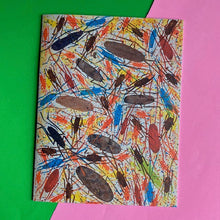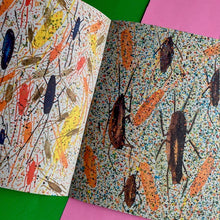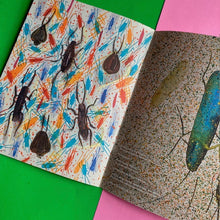
By General Ideas
Living and working together as part of the late 1960s Toronto counterculture, AA Bronson (b. Michael Tims, 1946, Vancouver), Felix Partz (b. Ronald Gabe, 1945, Winnipeg, d. 1994), and Jorge Zontal (b. Slobodan Saia-Levy, 1944, Parma, d. 1994) formalized their collaboration in 1969 as a single entity known as General Idea. From their earliest projects like staging of The 1970 Miss General Idea Pageant to their late activist initiatives around the AIDS crisis, General Idea explored multimedia, conceptual, and performance work as a tool for engaging with common culture and its repressions. A definitive retrospective of General Idea is currently travelling from the National Gallery of Canada in Ottawa, to the Stedelijk Museum in Amsterdam, and the Gropius Bau in Berlin. An extensive exhibition of these drawings has been shown at the Drawing Center in New York and MAMCO in Geneva.
Less well-known are the group’s drawings, the vast majority of which have never been seen. The drawings shown in A Rare Gift of the Tropics were all produced by Jorge Zontal, who made them as a habitual practice during the group’s brainstorming meetings; however, given General Idea’s mandate for co-authorship (and as demonstrated by the “GI” signature affixed by Zontal shortly before his death) as well as the circumstances under which they were executed, they are considered to be collaborative. The drawings assumed a greater regularity after 1985, the year the group left Toronto, which felt increasingly isolated from the global art world, for New York. As the 1980s wore on, their early joie de vivre was tempered by the pervasive presence of AIDS. In Bronson’s words, it was a period “during which we had to face and somehow incorporate the illness and death of most of our friends, as well as Jorge and Felix themselves.”
Although drawn by hand, the repetition of specific motifs follows a logic that is akin to General Idea’s own penchant for mass reproduction and that echo the virality of their AIDS works. In their mutability and insistent flow, the drawings are a fascinating window into General Idea’s distinct artistic vision and unique notions of authorship, exposing representation’s inadequacy while acknowledging its urgency.











